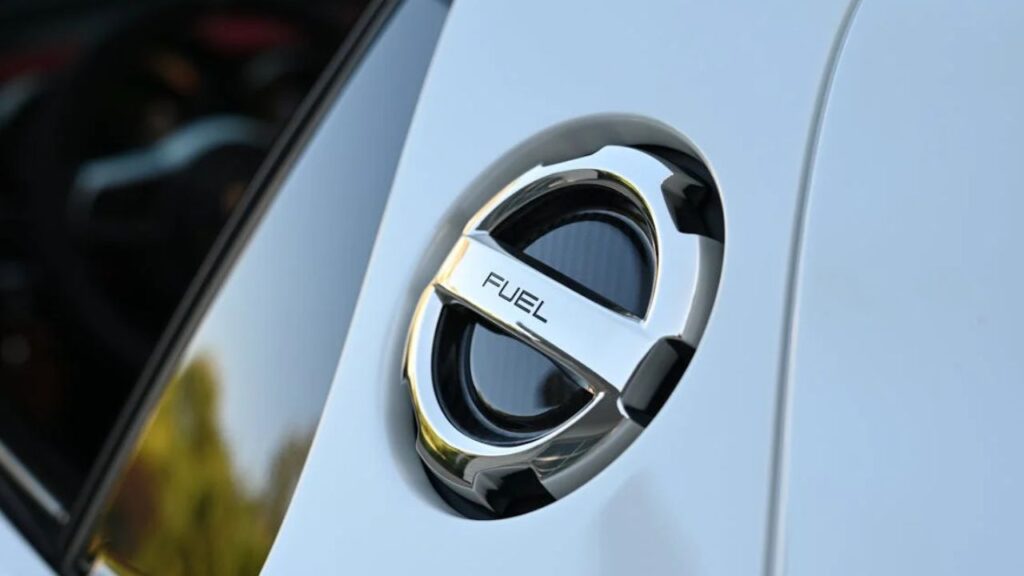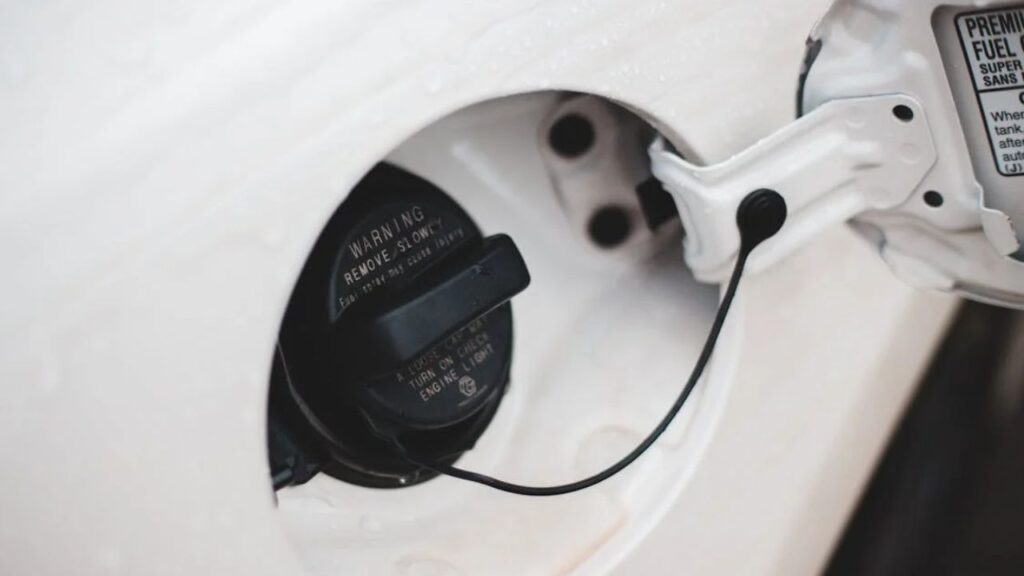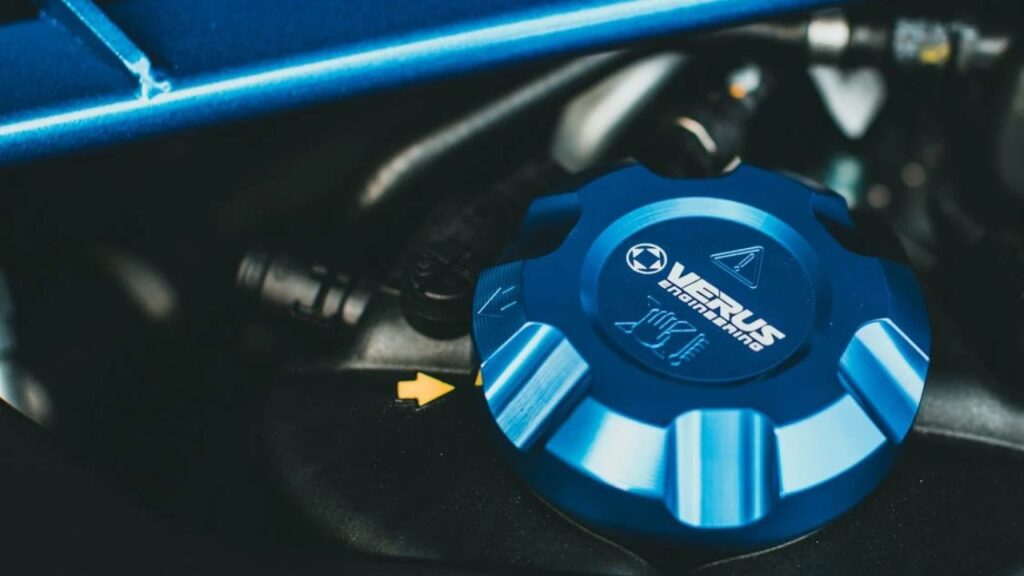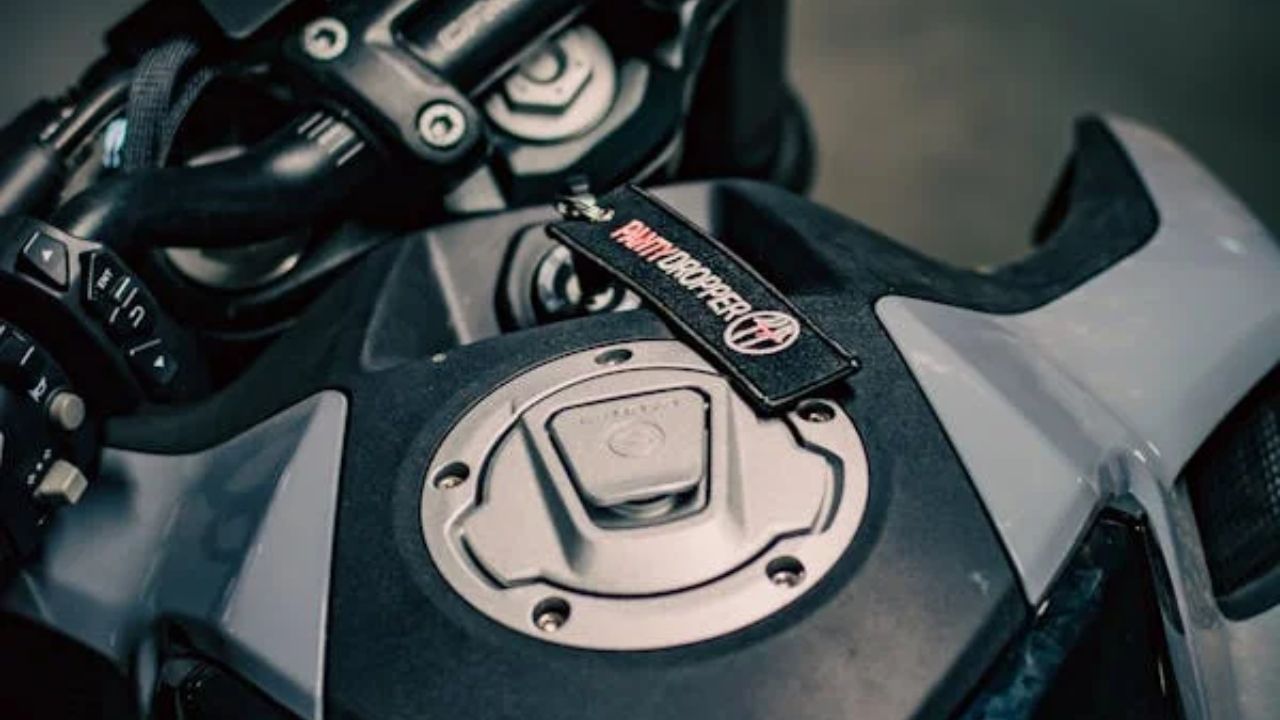Usually disregarded, fuel center caps are rather important for vehicle safety and operation. These caps close the gasoline tank, stopping leaks and guarantees of fuel’s security throughout travel. Knowing their significance, varieties, and upkeep can help your car run much better and last far longer. From their purposes to how to pick the correct one for your car, this page will cover all you need to know about gasoline center caps.

What Are Fuel Center Caps?
The protective covers known as fuel center caps close the fuel tank’s entrance on a vehicle. Their aim is to keep pollutants out and stop gasoline from evaporating. Usually composed of robust materials such as metal or plastic, these covers come in several shapes to suit different vehicle types. Maintaining fuel economy and lowering emissions depend on a tight fuel cap. A properly sealed cap keeps dangerous vapours from leaking into the atmosphere, therefore helping to maintain a cleaner surroundings. Maintaining the smooth operation of your car depends on knowing the part gasoline center caps play.
The Importance of Fuel Center Caps
Gasoline center caps’ significance beyond only filling the gasoline tank. A well-functioning cap stops gasoline leaks, which may cause major waste and maybe dangerous situations. Fuel leaks not only reduce fuel economy but also create safety concerns including fire threats. Furthermore, a malfunctioning fuel cap could set off dashboard warning lights, therefore suggesting a problem with the emissions system of the car. If not taken quick care of, this might result in expensive repairs. Thus, the safety and efficiency of your car depend critically on the quality of your fuel focus cap.
Types of Fuel Center Caps
Designed to fit many car models and gasoline systems, fuel center caps come in several forms. Usually seen are locking caps, snap-on caps, and threaded caps. Securing a tight seal, threaded caps are put onto the gasoline tank neck. Conversely, snap-on caps are easy to remove and just need pushing into position. Particularly helpful for commercial cars or vehicles left in public locations, locking caps provide further protection by stopping illegal access to the gasoline tank. Knowing the several kinds of gasoline center caps will enable you to select the correct one for your particular demand.
How to Choose the Right Fuel Center Cap
Ensuring compatibility and utility depends on selecting the correct gasoline center cap. Start by consulting the owner’s handbook for your car for fuel cap specifics. This will show details on the kind of cap you require, including design and size. The material is also crucial; although plastic caps are cheap and light, metal caps usually last longer. Look for respectable companies that satisfy OEM ( Original Equipment Manufacturer) criteria when shopping for a new gasoline cap to guarantee dependability and quality. Following these guidelines will assist in your choosing of the ideal gasoline center cap for your car.

Common Issues with Fuel Center Caps
Common problems that could compromise fuel center caps’ functioning include Wear and tear is one of the most common issues; it can cause inadequate seals or cracks. Fuel evaporation and the check engine light might therefore be triggered. The collection of dirt and filth around the cap raises another problem as it could inhibit effective sealing of the cap. Sometimes poor installation or rust could cause the cap to become caught. Maintaining cleanliness of your gasoline center cap and often looking for damage will assist to minimize these problems and guarantee best performance.
Signs You Need a New Fuel Center Cap
Several indicators point to the fact that you might have to replace your gasoline center cap. Should you detect a strong fuel smell surrounding your car, the cap may not be sealing correctly. Furthermore, should the check engine light show up on your dashboard, it might indicate a damaged fuel cap. Other signs include obvious cap damage or cracking, trouble fastening it, or a loose fit. If you run into any of these problems, you should take quick care of them to prevent more trouble. Simple and reasonably priced is replacing a worn-out or broken gasoline center cap.
How to Properly Install a Fuel Center Cap
Although installing a gasoline center cap is easy, it’s important to do it well to guarantee a perfect seal. First, clear the area surrounding the fuel tank entrance to get any trash or dirt out of the way of the seal. Depending on the kind of cap, then match the gasoline cap with the threads or the aperture. Turn a threaded cap clockwise until it is tightly attached. Simply press down hard for snap-on caps until you click. One should not tighten the cap too much as this could cause harm. Following these guidelines will assist to guarantee proper and secure installation of your gasoline center cap.
The Environmental Impact of Fuel Center Caps
Reducing environmental effects depends much on fuel center caps. Their prevention of gasoline evaporation and leakage helps to lower dangerous emissions that can aggravate air pollution. Particularly in cities where air quality may be impaired, a well sealed fuel cap guarantees that vapours do not escape into the atmosphere. Maintaining a good seal also helps to increase fuel economy, therefore lowering carbon footprints. Knowing the environmental advantages of fuel center caps helps car owners to value the little but important part they do to support sustainability.

Maintenance Tips for Fuel Center Caps
Your gasoline center cap’s lifetime and performance depend on frequent maintenance. Start by routinely looking over the cap for any wear, damage, or dirt buildup. Using a moist cloth, clean the cap and surrounds to avoid trash from compromising the seal. Examining the threads of a threaded cap for any corrosion is also a smart idea. If you regularly drive in challenging weather, think about looking at your gasoline cap more often. These easy maintenance actions will assist to guarantee that your gasoline center cap stays in best shape, thereby improving the general performance of your car.
Upgrading Your Fuel Center Cap
Changing your gasoline center cap will increase functionality and security among other things. For business cars or those parked in public locations especially, many aftermarket gasoline caps include locking devices to stop fuel theft. Certain updated caps also use cutting-edge sealing technology meant to increase fuel economy and lower pollutants. When thinking about a change, make sure the replacement cap satisfies OEM quality criteria and fits your car. Making investments in a premium gasoline center cap will improve security and performance of your car.
The Cost of Fuel Center Caps
The kind, brand, and material all affect the cost of gasoline center caps greatly. While more sophisticated locking caps or those manufactured of metal might cost anywhere via $30 to $60 or further, basic plastic caps usually run from $10 to $30. When choosing a gasoline cap, one must strike a balance between cost and quality; choosing a less expensive model might save money initially but can cause problems down the road. To guarantee long-term dependability, think about making investments in a respected brand with warranties. Knowing the pricing elements involved helps you decide what new gasoline center cap to buy.
Fuel Center Caps for Classic Cars
Finding the correct gasoline center cap might be a little more difficult for aficionados for older cars. Many vintage cars can need certain caps that are no longer in manufacture. Still, numerous specialized stores and internet merchants provide replica hats meant to complement old models. Finding a gasoline center cap for a historic automobile calls for knowing the precise measurements and specs needed. Additionally useful tools and advice for finding the right gasoline cap might come from joining traditional automotive forums or groups. Finding the correct part can assist your historic automobile remain original and functioning by means of time.
The Future of Fuel Center Caps
Fuel center cap looks and functions change along with car technology as it develops. Although conventional gasoline center caps may become less popular as electric vehicles (EVs) grow more prevalent, safe sealing is still very vital. To produce more ecologically friendly hats, manufacturers are looking at new materials and methods. Furthermore, developments in smart technology could result in gasoline caps with sensors alerting drivers about any leaks or problems. Maintaining knowledge of these advancements will let owners of vehicles be ready for the future of fuel management and storage.
Difference Table
| Feature | Threaded Fuel Caps | Snap-On Fuel Caps | Locking Fuel Caps |
| Installation | Screws onto the fuel tank | Pushes onto the fuel tank | Requires a key or combination to secure |
| Security | Basic security | Basic security | High security, prevents fuel theft |
| Ease of Use | May require more effort to open | Quick and easy to remove | Slightly more complex due to locking mechanism |
| Compatibility | Fits specific models | Fits various models | Often model-specific |
| Durability | Generally durable | Durable but may wear faster | Typically very durable |
| Cost | Usually lower cost | Moderate cost | Higher cost due to added features |
| Leak Prevention | Excellent seal when properly installed | Good seal, but can wear over time | Excellent seal with added security |
Conclusion
Ultimately, gasoline center caps are vital parts of any vehicle since they affect environmental preservation, efficiency, and safety as well as performance. Knowing their value, kinds, and maintenance requirements will enable car owners decide on their fuel systems with knowledge. The performance of your car depends on the gasoline center cap you choose whether you require a replacement or are thinking about an improvement. By looking after this little but important component, you can guarantee years of flawless and efficient running of your car. Accept the value of fuel center caps, and you will help to extend the life of your car and fulfill environmental responsibilities.
FAQ’s
1. What lug nuts to use with fuel wheels?
Like most aftermarket axles, Fuel Wheels depend on conical seat lug nuts. Since most automobiles from the factory include shank or flange fashion lug nuts, your original lugs probably won’t be usable.
2. Do fuel wheels come with hub-centric rings?
We are here to help you find out whether Fuel Wheels Come a little Hub Centered Rings is what you are searching for! Though not all of them in their final days Fuel Wheels do provide hub centric sounds on most of the alloy wheels they sell.
3. Why are fuel rims so popular?
So do we, for why they are popular. They are continuously creating gorgeous, aggressive wheels that accentuate all kinds of builds. That in mind, almost everyone can choose the ideal size for their truck from the range of diameters, lengths, offsets, and bolt patterns.
4. How do I know what size centre caps I need?
Particularly with aftermarket wheels, you should make three accurate measurements before purchasing the center cap. You want the depth of the middle cap, the inner and outer diameters. The most fundamental and significant measurement one can obtain is the inner diameter.
5. Are all Fuel lug nuts the same?
The right lugs for your specific car should be provided by your authorized Fuel, also referred retailer/installer. The proper lug nuts for the job depend on stud size and length as well as center cap clearance.
